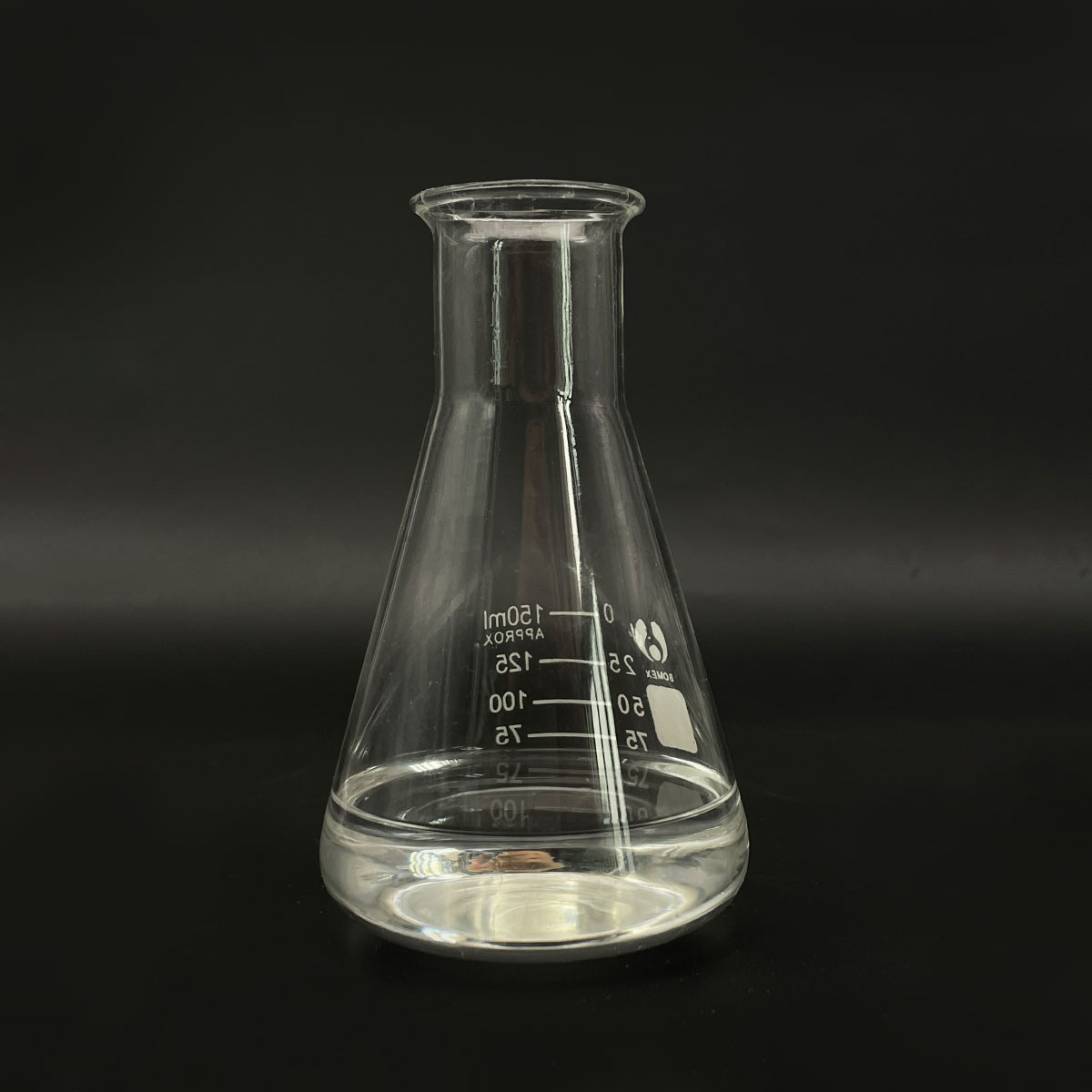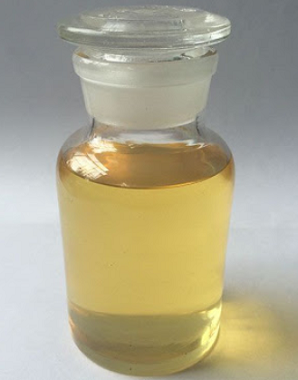**The Secret Life of Soap: How Tiny Molecules Tame Water’s Stubborn Skin**
(How Do Surfactants Act On Surface Tension Of Water)
Imagine a pond on a calm day. The water sits still, its surface acting like a thin, invisible film. Bugs skitter across it without sinking. Drops of water bead up on leaves instead of spreading out. This magic happens because of something called surface tension. Surface tension is water’s way of holding itself together. It’s why water forms droplets and why some bugs can walk on water. But what happens when soap or detergent shows up? Suddenly, everything changes. The secret lies in surfactants—tiny molecules that play a big role in breaking water’s tight grip on itself.
Surfactants are like the peacekeepers of the molecular world. Their job is to calm down water’s stubborn surface tension. The word “surfactant” comes from “surface-active agent,” which is a fancy way of saying they work where water meets air or other substances. Think of them as negotiators that help water mix with things it normally hates, like oil or grease.
Here’s how it works. Water molecules are clingy. They stick to each other tightly because of hydrogen bonds—a weak but strong-enough attraction between hydrogen and oxygen atoms. This creates surface tension, like a crowd of people holding hands so tightly that nothing can get through. Surfactants mess with this arrangement. Each surfactant molecule has two parts: a head that loves water and a tail that hates it. The head is attracted to water, while the tail prefers oil or grease.
When you add surfactants to water, they rush to the surface. The water-loving heads dive into the water, and the oil-loving tails stick straight up into the air. This breaks the hydrogen bonds holding the water molecules together. Picture popping a balloon—suddenly, the tension is gone. The surfactant molecules spread out, weakening the surface tension and making the water “wetter.” This is why soapy water spreads easily instead of forming droplets.
But surfactants don’t stop there. They also help clean things. When you wash dishes, grease doesn’t mix with water on its own. Surfactants surround grease particles, with their tails latching onto the grease and their heads facing outward toward the water. This creates tiny bubbles called micelles. The grease gets trapped inside these bubbles, letting water rinse it away. Without surfactants, oil and water would stay enemies forever.
Ever blown soap bubbles? That’s surfactants showing off. Pure water can’t form stable bubbles because its surface tension is too strong. Add surfactants, and the water becomes flexible enough to stretch into thin films. The surfactants arrange themselves around the bubble, balancing the forces so the bubble lasts longer. It’s a party trick with serious science behind it.
Surfactants aren’t just in soap. They’re in shampoo, toothpaste, laundry detergents, and even fire extinguishers. Farmers use them to make pesticides stick to plant leaves. Doctors use them in medicines to help drugs dissolve in the bloodstream. These molecules are everywhere, quietly doing the heavy lifting to make modern life possible.
(How Do Surfactants Act On Surface Tension Of Water)
Next time you wash your hands, remember the tiny molecules working to break water’s surface tension. They’re the reason bubbles form, dishes get clean, and oil mixes with water. Surfactants might be invisible, but their impact is anything but small. They’re proof that sometimes, the tiniest things can solve the stickiest problems.
Inquiry us
if you want to want to know more, please feel free to contact us. (nanotrun@yahoo.com)




